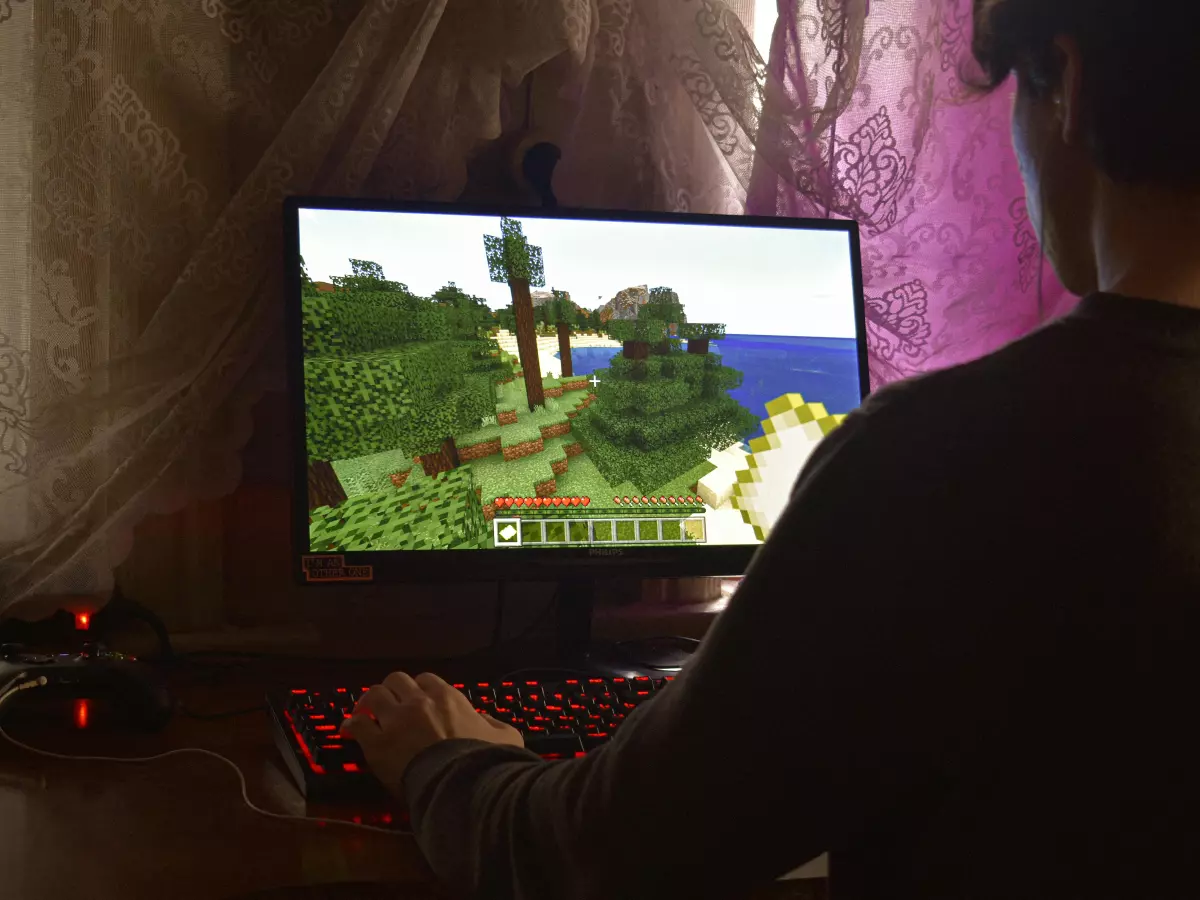Massive Open Worlds
Did you know that the largest open-world game map is over 5,000 square miles? That's bigger than some countries! But how do game engines handle such massive environments without turning your gaming rig into a toaster?

By Priya Mehta
According to industry veteran and game developer John Carmack, “The challenge of open-world games is not just about making them big, but about making them feel alive.” And he’s right. It’s not enough to create a huge map; the real magic lies in how game engines manage these worlds without sacrificing performance or immersion.
So, how exactly do game engines pull off this feat? Let’s break it down. First, we have to talk about level streaming. This is the technique that allows game engines to load only the parts of the world that are immediately relevant to the player. Imagine walking through a vast forest in a game. The game engine doesn’t load the entire forest at once—just the trees, rocks, and creatures within your immediate vicinity. As you move, the engine dynamically loads and unloads assets, keeping the game running smoothly.
But level streaming is just the tip of the iceberg. Another key technique is procedural generation. This is where the game engine uses algorithms to create parts of the world on the fly. Think of it like a chef who has a recipe but improvises based on what’s available. Instead of manually designing every tree or mountain, the engine generates them based on a set of rules. This not only saves time for developers but also ensures that no two areas look exactly the same.
Now, let’s talk about LOD (Level of Detail). If you’ve ever noticed that objects far away in a game look less detailed than those up close, that’s LOD in action. Game engines use this technique to reduce the complexity of distant objects, which helps maintain performance. After all, why waste resources rendering every leaf on a tree that’s miles away?
Of course, none of this would be possible without the power of modern hardware. CPUs and GPUs have come a long way in recent years, allowing game engines to handle more complex calculations and larger datasets. But even the most powerful hardware would struggle without efficient optimization techniques. That’s where culling comes in. Culling is the process of determining which objects are visible to the player and which aren’t. If an object is behind a wall or out of view, the engine simply doesn’t render it, saving precious processing power.
And let’s not forget about AI. In massive open worlds, AI isn’t just about making enemies smarter; it’s also about managing the world itself. AI systems help control everything from weather patterns to NPC behavior, ensuring that the world feels dynamic and responsive. For example, in games like The Witcher 3 or Red Dead Redemption 2, NPCs go about their daily routines, animals hunt or flee, and weather changes dynamically—all thanks to AI systems working behind the scenes.
But here’s the kicker: all of these techniques—level streaming, procedural generation, LOD, culling, and AI—have to work together seamlessly. If one system fails, the whole experience can fall apart. Ever walked into an area in a game and noticed objects popping into existence or textures taking forever to load? That’s what happens when these systems don’t play nice.
In the end, creating massive open worlds is a balancing act between ambition and technology. As Carmack said, it’s not just about making them big; it’s about making them feel alive. And with the rapid advancements in game engines and hardware, we’re only going to see more immersive and expansive worlds in the future.
As game developer Todd Howard once said, “Great games are not just about the size of the world, but how you fill it.”





